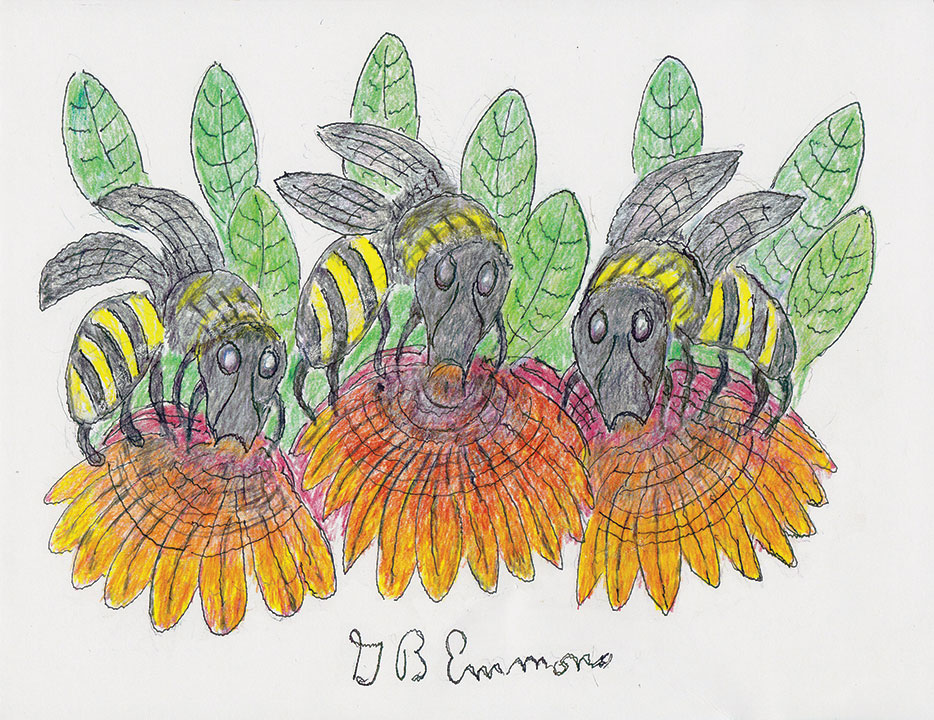There was a time when you could find bumblebees anywhere across North America, from Quebec to Florida, westward to South Dakota, then into the central mountains of Mexico. However, in the past 10 years, the surplus of numbers has collapsed almost entirely.
It is now suspected that the critical devastation took place when our American bees were infected with a deadly virus after European bees were imported into North America for the sole purpose of pollinating greenhouse tomatoes for the growing market. Bumblebees were essential to pollinate flowers in our gardens as well as crops in our farm fields to provide us with essential fruits and vegetables.
What happened to this very day was a sad trend that insects beneficial to human beings are still being more threatened due to multiple issues such as habitat loss, pollution, mites, and an even more deadly used class of new insecticides called “neonics” that are many times more toxic to bees than the chemical compound dichloro-diphenyl-trichloroethane more commonly known as DDT.
That’s truly scary when we depend on bees to pollinate at least 70 out of 100 major crops from apples and blueberries to watermelon and zucchini. Simply put, fewer bees means less food and spiraling food costs to hit low-income communities already suffering under a shortage.
Honeybees were brought to this country as early as 1630 by settlers as a source of wax and sugar. To Native Americans, they became known as “white man’s bee” because they became known by them even before the many settlers found that you could box up honeybees and move them around to the countryside wherever needed to pollinate crops. There are more honeybees on this planet today than any time in history.
The queen honeybee has a solitary iconic status in the hive to deserve a metaphoric importance of royal majesty among her bevy of dutiful workers. She rules her domain supremely in a hollow tree that can be located by her attraction to the treasure trove of rich honey by measuring the angle and time of flight to the return of her subjects to deposit their contribution to her hive.
Many businesses and homeowners today are trying to compensate for the modern shortage of bumblebees by installing honeybee hives on rooftops and backyards across the country.
The tiny but essential profile of industrious insects has a myriad of magical phenomena in our daily environment worth our awareness and evaluation more than generally recognized by humans.
The bumblebee and honeybee may both be largely out of sight and mind in our everyday observations around us, but science and natural history can raise them up to a level of importance worth thinking about with our own, God-given, intelligent appreciation and understanding.
By George B. Emmons
